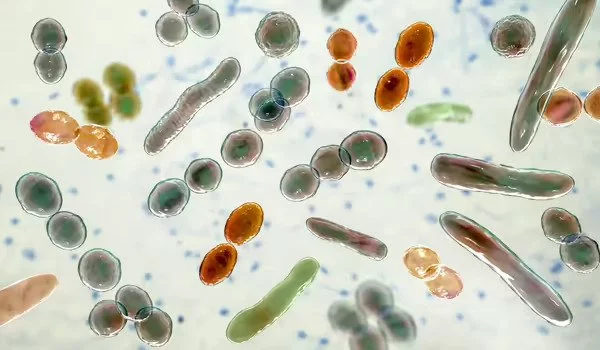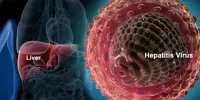Gut microbes influence their hosts in a variety of ways, including modulating the impact of diet. Humans and mice have been the subjects of the most extensive research into these effects. We investigated the relationship between the gut metagenomes of dogs, humans, mice, and pigs using whole genome metagenomics. Animals who move to the city may get more than they bargained for. Gut microorganisms from humans in cities may be contaminating urban wildlife, putting the animals’ health at risk.
Researchers report in a preliminary study published on January 6 at bioRxiv.org that fecal samples from humans and animals around the world reveal that urban critters have microbial communities that are much more similar to those found in urban humans than in rural people and wildlife. While previous research has discovered that captive animals can acquire human microbes, some of which have been linked to gastrointestinal disorders, immune deficiencies, and even stunted growth, this is the first time a humanizing effect on wildlife has been discovered in cities, and between humans and reptiles.
Many of the microbes that show up more often in industrialized human populations are appearing in urban wildlife populations, but they’re completely missing from the rural populations, says Andrew Moeller, an evolutionary biologist at Cornell University.
The most basic explanation would be that the animals are simply cohabiting in the same space and thus picking up microbes in their environment. Urbanization is a very complex social phenomenon
Moeller
Many animals have symbiotic microbe communities, which are evolutionary products that play an important role in immunity and fitness. Moeller and his colleagues examined 492 fecal samples collected from humans, coyotes, and lizards in urban and rural settings as diverse as Edmonton, Canada, and Amazonian villages in Venezuela to see how microbe communities in urban animals compared to those in humans. The researchers used genomic analysis to determine the abundance of microbial DNA in each sample before comparing the microbial profiles of urban and rural hosts.
The researchers discovered that urban lizards and coyotes had gut microbiome communities that were more similar to urban humans than to rural humans or wildlife. Most notably, they discovered 18 lineages of bacteria in urban wildlife that did not appear in their rural counterparts.

The parallel changes in microorganisms seen in diverse animals from different locations are convincing patterns of urban-specific microbial changes, says Taichi Suzuki, an evolutionary biologist at the Max Planck Institute for Developmental Biology in Tübingen, Germany, who was not involved in the study. “A big question is the mechanism driving this pattern, which needs further investigation,” he says.
According to Moeller, the human gut is a source of the new bacteria lineages found in urban wildlife, so they probably picked them up from people. As we go about our daily lives, we shed bacteria from our personal microbial clouds. “The most basic explanation would be that the animals are simply cohabiting in the same space and thus picking up microbes in their environment,” says Moeller. It could also be the result of an urban gastronomical lifestyle, as some bacteria are associated with high-fat, high-protein diets commonly consumed in cities.
The gut microbiome is a community of microorganisms that live in the gastrointestinal tract of an animal host and have significant effects on animal health that are influenced by a variety of environmental, dietary, and host-related factors. Clinical and dietary trials in companion animals are increasingly including microbiome assessment, but interpretation of these results is frequently hampered by suboptimal study design choices.
According to Mark van der Giezen, a microbiologist at the University of Stavanger in Norway who was not involved in this study, the research is a good primer but could benefit from taking into account local diets and pathologies. “Urbanization is a very complex social phenomenon,” he says.
















